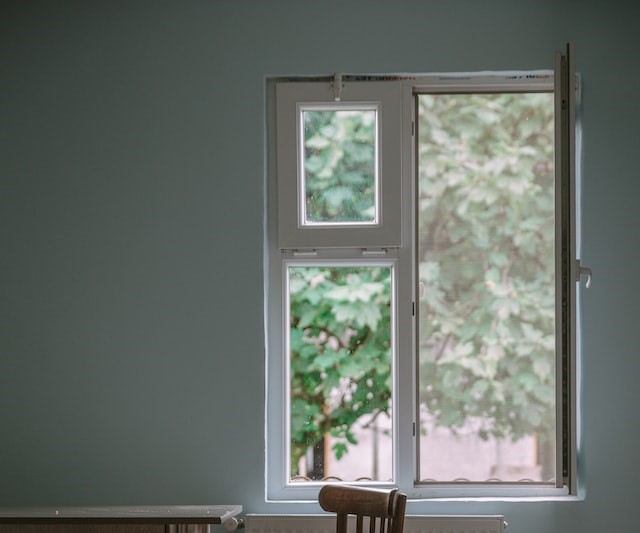Access to daylight is one of the most important features of any interior. How do you make sure that there is as much light as possible in the interior? But you simultaneously have the possibility of reducing the light for a while if necessary? Read on for tips on how to regulate light in your interior.
Why do we want as much light as possible?
Of course, there are exceptions, but most people want as much daylight as possible flowing into their interior. This is also proven by the fact that there are constantly larger windows available on the market. In commercial spaces, we increasingly see that the shop front is quite simply an all-glass wall.
However, particular in modern family houses, large French windows are increasingly common, they can be floor to ceiling and can also fill an entire living room wall.
The illuminated interior gives a more luxurious impression. Additionally, access to daylight has a positive effect on our psyche. We also mustn’t forget the benefits we receive in the form of naturally heating the interior even throughout the colder months.
What do we do for maximum access of light?
The use of the largest possible windows is one option. But it’s also dependent on other aspects, for example, the orientation of the rooms according to individual cardinal points or the part of the day when we want the room to have the most light.
So, for example, the living room, where the most light is usually required, should be oriented to the southwest. Therefore, you’ll have maximum access to natural daylight throughout the year and throughout the day – particularly in the evening, when were most often in the living room.
On the other hand, bedrooms can be oriented to the northeast. The rising sun will help you wake up, thanks to the orientation to the north, but otherwise the bedroom will be a cooler room, which is ideal for quality sleep.
However, sometimes there can be too much light
There is often too much sunshine, particularly during June and July. If your home has large south-facing windows, you may endure considerable increases in room temperature during these months. The shading technique will help you to solve this issue.
In installation terms, the easiest solution is curtains. Consider blackout curtains that don’t let in any heat or light. Classic blinds and roller blinds are also a solution.
But if you really want control over the room temperature, then consider outdoor shading. Again, you have a choice between blinds and roller blinds. Outdoor shading technology doesn’t let sunlight into your interior. This means the temperature remains pleasant throughout the day even during the hottest part of the year when the windows are closed.
If perfection is what you want, you can connect the shading system to an internal thermostat. Then, the shading technology can regulate light and the degree of window shading automatically. This means the room temperature can correspond to the temperature that you desire. Of course, with a solution of this type, we are talking about significant investment, as this is a professional solution carried out by specialist companies.
You may also be interested in these previous posts:
How to use lighting in your home
Increasing natural light in your home

